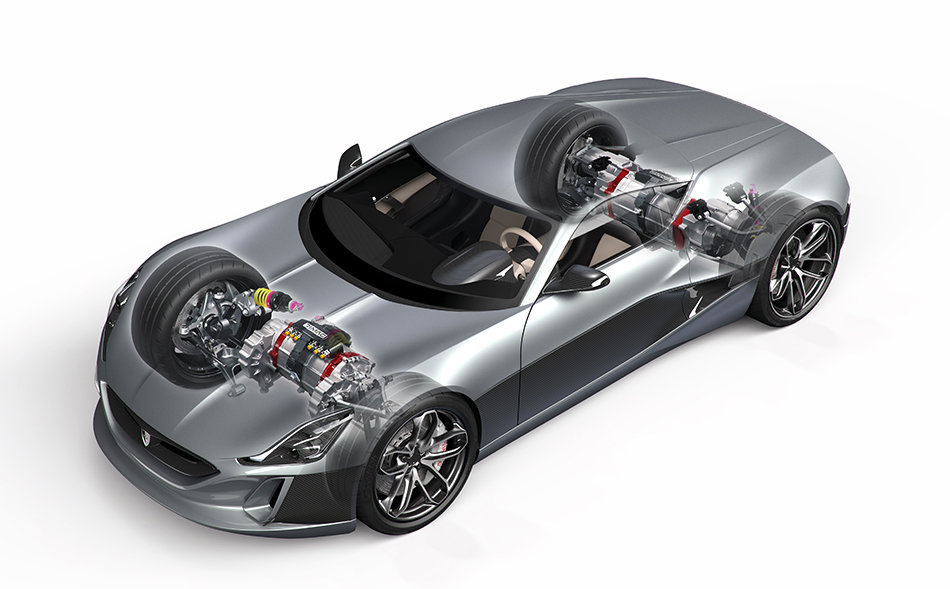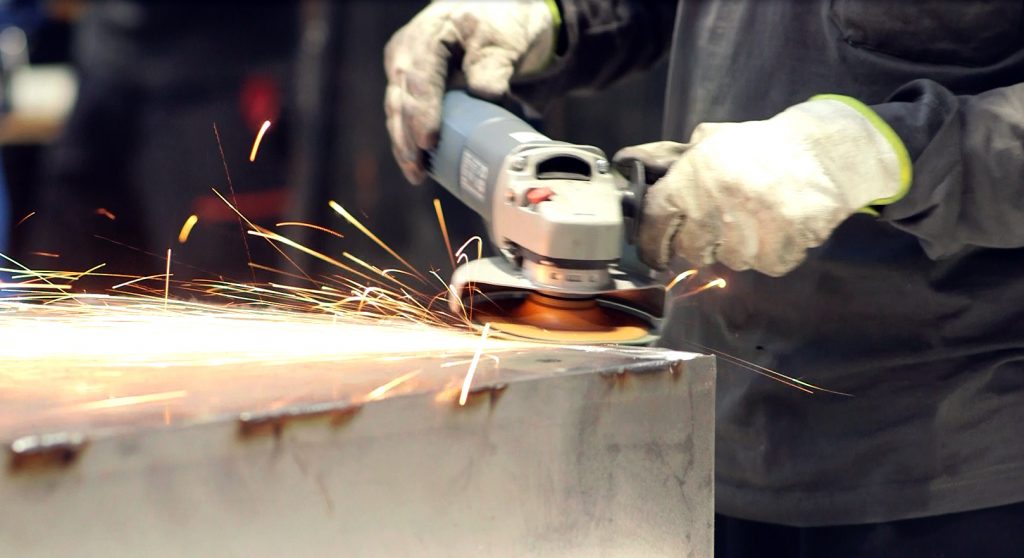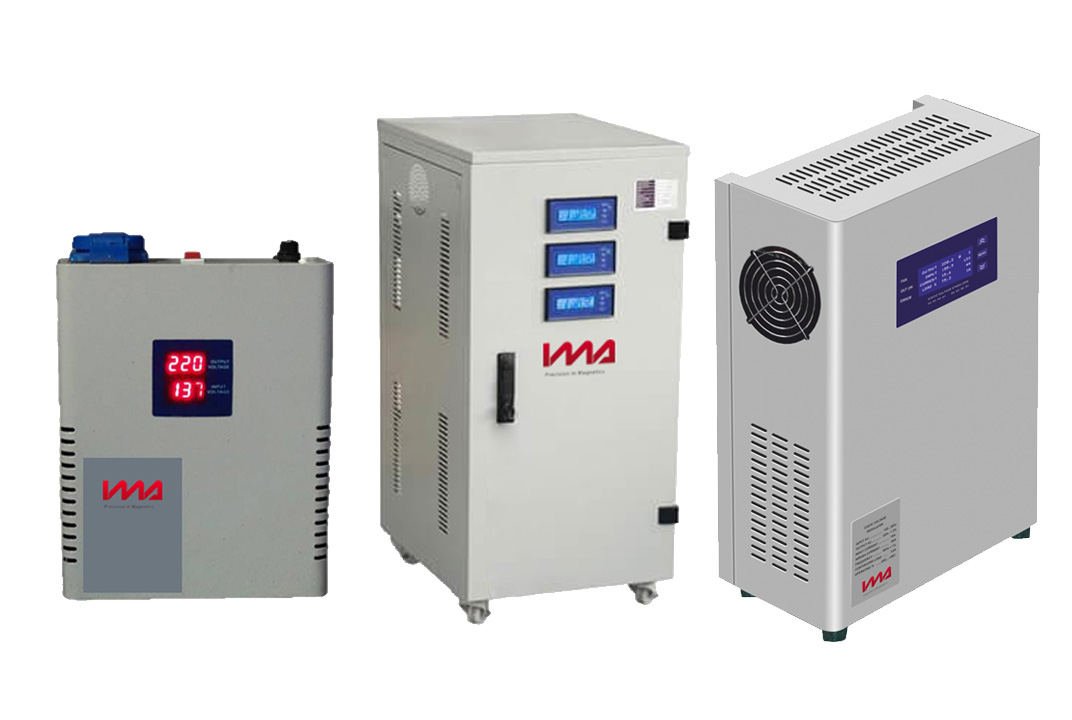The role that magnets have in the industry and all its uses
Magnets have played a notable role for centuries from their use as compasses to Chinese acupuncture. But, it was the realization in 1820 that electric current exerts a magnetic force that led to the widespread application of magnets in industry.
A lot has changed, and magnets are indispensable to modern life. They are in virtually every electrical-powered device. While early magnets were made from iron magnetised by lodestone, modern magnets are formed from a combination of ferro magnetic materials. Industrial magnetic materials include ferrite, alnico and rare earth magnets such as neodymium magnets.
Applications of Industrial Magnets
iron makes a good magnet, its limitations include loss of magnetism, heating due to eddy currents and low magnetic force. This is why industrial magnets are manufactured from materials that resist de-magnetism, are powerful and have high resistivity. Here's how magnets are used in industry.
Ferrite Magnets
Also known as ceramic magnets, ferrite magnets are a chemical compound of an iron oxide and various metals. Soft ferrites, containing nickel, zinc or manganese compounds, have low coercivity and are commonly used in high-frequency transformers and inductors. Hard ferrites, using strontium, barium and cobalt, retain their magnetism and are used in radios, loudspeakers, microwaves, relays, disc drives and permanent magnet motors. Magnetic tape uses iron oxides to store information. The latest generation of magnetic tape can store 330 TB of data.
Alnico Magnets
Alnico magnets were developed in the 1930s and quickly became common. They offer good magnetic strength and withstand temperatures up to 425 °C. Made from aluminium, nickel and cobalt, they are expensive. They must be cast, and the magnetic field is orientated during heat treatment. Alnico magnets are used in electric motors, guitar pickups, magnetic bearings and couplings, ABS systems and in military and aerospace applications. Due to their sensitivity to demagnetization, shape and length is critical.
Neodymium Magnets
Rare earth magnets are very strong and are increasingly replacing earlier magnet types. Neodymium magnets are the most powerful permanent magnets currently available, allowing very small magnets to be used. This suits their use in small sensors, hard drives and miniature audio equipment. Other applications include in loudspeakers, medical imaging equipment, magnetic couplings, cordless tools and as magnetic bearings. The main limitation is they cannot be used above 200 °C.
Elecromagnets
When there's a need to control magnetic force, elecromagnets are used. Using low coercivity materials, elecromagnets use electric coils to rapidly switch the magnetic field. This makes power transformers feasible as well as powerful superconducting magnets used in magnetic levitation, levitating trains and MRI imaging. AC motors are a type of electromagnet as rotating magnetic fields force rotors to spin. Other applications include lifting magnets, solenoids and relays.
Which Industrial Magnets are Best?
wide variety of magnetic materials means selecting the best magnet can be an overwhelming exercise. Factors to consider include:
At IMA, we manufacture the full range of magnetic products, and our engineering design team can help solve your magnet selection dilemma. Contact us to find how we can help.












